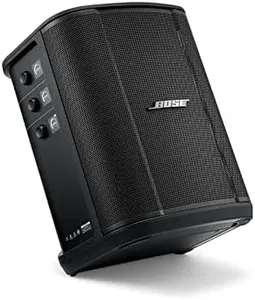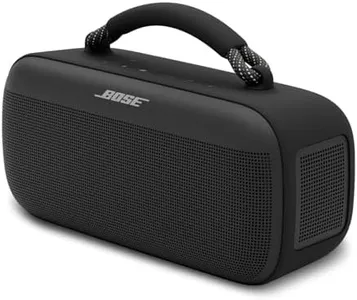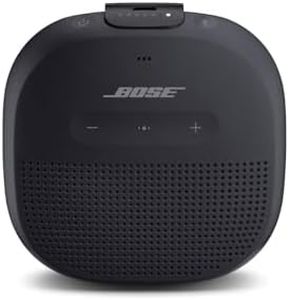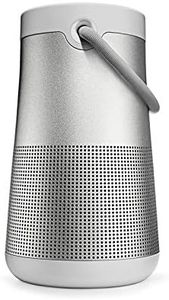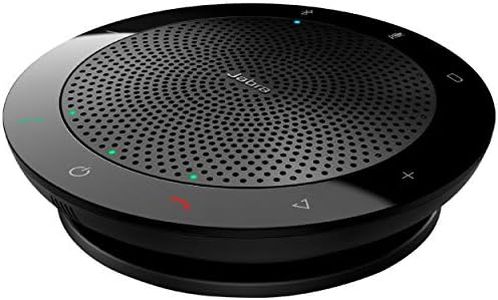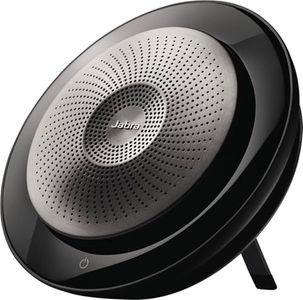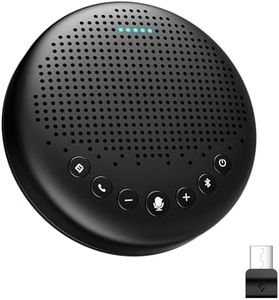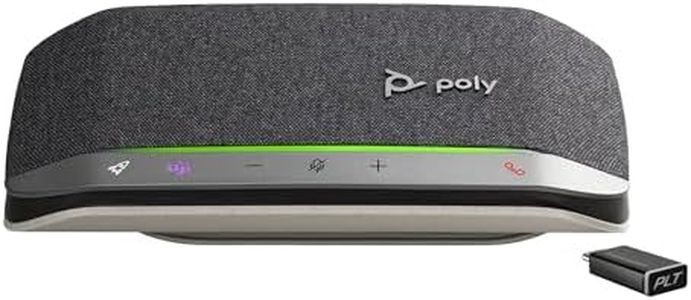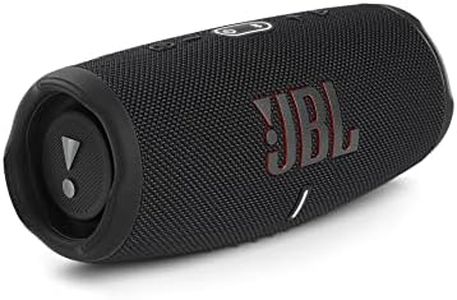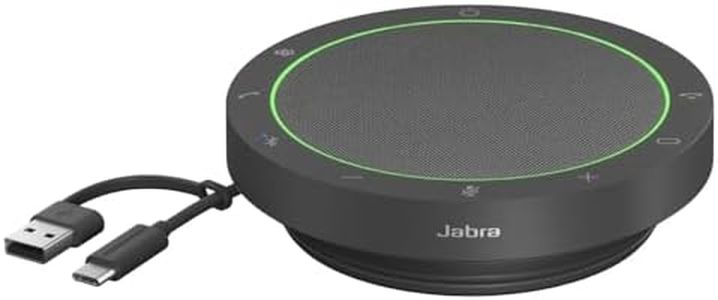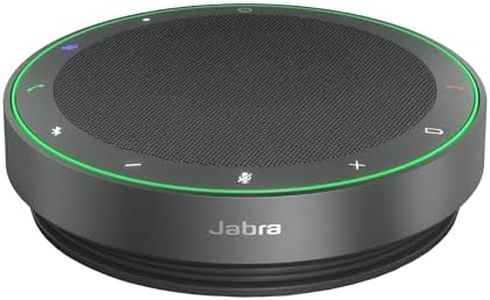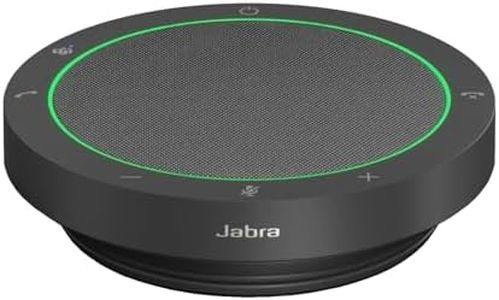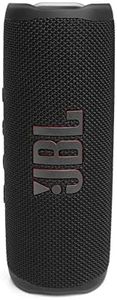We Use CookiesWe use cookies to enhance the security, performance,
functionality and for analytical and promotional activities. By continuing to browse this site you
are agreeing to our privacy policy
10 Best Portable Speakerphones
From leading brands and best sellers available on the web.Buying Guide for the Best Portable Speakerphones
Choosing a portable speakerphone is all about figuring out how, where, and with whom you'll be using it. Whether it's for business calls on the go, virtual meetings from your home office, or connecting with family and friends, the right speakerphone should offer clear sound, reliable connectivity, and the right portability for your lifestyle. Consider how many people will be using it at once, how often you'll travel with it, and what devices you'll connect it to. Prioritize features that fit your actual use cases rather than the fanciest specs.Audio QualityAudio quality refers to how clear and natural voices sound, both when you are listening and when you are speaking. Good audio quality is crucial for understanding conversations and being understood, especially in busy environments or group calls. Portable speakerphones are typically divided into basic, mid-range, and high-end audio quality. Basic models may suffice for solo or casual calls, while mid-range is typically acceptable for small groups. High-end models often offer noise cancellation and more advanced microphones, which are ideal for large or noisy environments. Choose the quality based on where you'll use it most and how important clear communication is to you.
Microphone Pickup RangeThe microphone pickup range determines how well the speakerphone captures voices from different distances. A short range (about 1-2 meters) is sufficient for personal use or one-on-one calls. Mid-range pickup (up to 4 meters) works for small groups sitting around a table, and long-range pickup (over 5 meters) is designed for larger meetings or conference rooms. Think about the size of your typical meeting group and space—pick a range that covers the expected distance between users and the device.
Portability and SizePortability means how easy it is to carry the speakerphone with you. Smaller, lighter models fit easily in bags or even pockets, making them great for travelers or those moving between locations. Larger speakerphones might provide more features or louder sound but are better suited for mostly stationary use. Consider how much you plan to move the device—choose a size that's easy for you to carry the way you want.
Battery LifeBattery life is the length of time the speakerphone can operate without charging. Shorter battery life (around 4-6 hours) is fine if you use the device in places where you can easily recharge. Medium battery life (up to 10 hours) offers flexibility for longer meetings. Longer battery life (over 12 hours) is best if you need all-day use or won't have access to a charger. Match the battery life to your usual session length and charging opportunities.
Connectivity OptionsConnectivity options refer to how the speakerphone connects to devices, such as your phone, laptop, or tablet. Most modern options include Bluetooth for wireless use, USB for wired, and sometimes 3.5mm audio jacks. Bluetooth is convenient for quick pairing and portability, while USB provides stable connections and may also charge the device. If you use older equipment or need quick and reliable connections, prioritize a model supporting multiple connection types.
CompatibilityCompatibility means what devices and conferencing platforms your speakerphone works with. Some speakerphones are plug-and-play with most phones and computers, but others may have special features only available on certain systems or with certain conferencing software. If you use specific video call platforms or need special functions (like mute sync), check that the speakerphone supports them fully. Always select a model that is compatible with your main devices and software.
Controls and Ease of UseThe controls on a speakerphone include buttons for volume, mute, answering calls, and sometimes dedicated keys for connecting to virtual assistants. Simple and tactile controls make it easier to manage calls without distractions. Basic models may only have a couple of buttons, while advanced ones can have touch-sensitive panels or extra shortcuts. If you want quick access to functions or less fuss during meetings, look for a design that's intuitive and suits your preferences.
